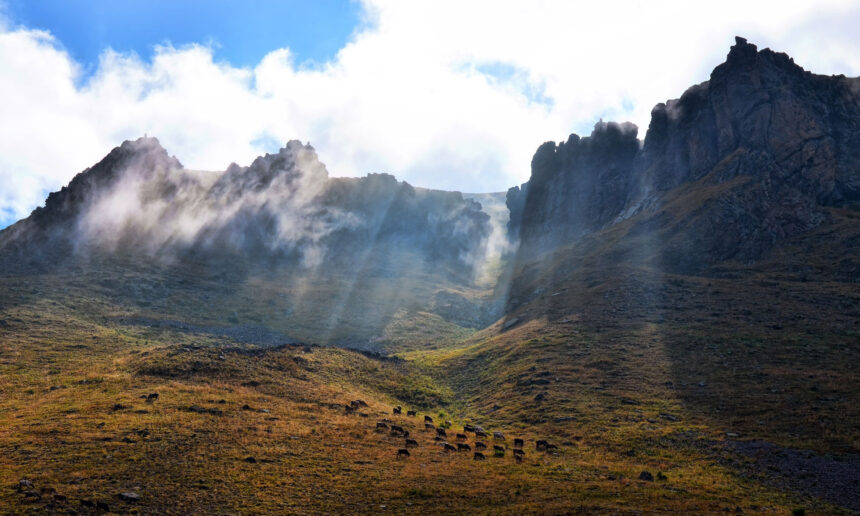Evolution versus creationism has long been debated in the scientific community. But as a growing body of scientific evidence is researched using cutting-edge methodologies, indications seem to support that science confirms the Bible rather than evolution.
For the past 50 years, the Institute for Creation Research (ICR) has studied scientific evidence that refutes evolution and supports the biblical account of creation. ICR has developed a new theory called divine engineering, the results of which are astonishing.
“ICR’s most pressing assignment is to fundamentally change the way people understand biology. Our task is to construct a completely new theory of biological design that incorporates recent discoveries and respects the biblical narrative. The theory would explain hundreds of fascinating examples of creatures’ abilities from an organism-centered, engineering-based perspective that gives glory to their Creator — and not to nature.
“We hope this theory will become the fundamental, design-based principle uniting biological explanations in Christian textbooks and museums, educating future generations of young believers. We pray that an engineering-based approach to biology will spark a second creationist revival…and once again stir up a sense of certainty in Christian truth.” – ICR President Dr. Randy Guliuzza
Stay Informed
ICR offers tools and events that can help you discover and understand God’s creation truth, visit the ICR website for more information. Explore their latest research here:
- Silurian Horseshoe Crabon October 30, 2025 at 8:00 am
Supposedly, throughout the past hypothetical millions of years, sub-human primates became man, dinosaurs evolved into birds, and a group of mammals even returned to the oceans to become whales. But also according to evolution theory, the amazing horseshoe crab (order Xiphosura) “goes back practically unchanged to the Triassic period.”1 Natural selection2 and random mutations have not affected these chelicer... More...
- Stunning Enigmatic Dinosaur Discoveredon October 27, 2025 at 8:00 am
New species that are 100% dinosaur continue to be discovered by paleontologists with increasing frequency. One such recent discovery, described as “both the oldest and most complete skeleton of [the pachycephalosaur] group found to date,”1 has generated interest within the scientific community. The specimen, named Zavacephale rinpoche, was found in Mongolia’s Gobi Desert and is dated to approxi... More...
- The Coelacanth: A Living Window into God's Designon October 23, 2025 at 8:00 am
Imagine a fish designed with such precision that it has thrived in deep, dark ocean waters for generations unchanged, resilient, and wonderfully suited to its world. That’s the coelacanth, a mysterious creature first known from fossils in ancient rock layers. For decades, textbooks claimed it had gone extinct 65 million years ago. But in 1938, the “extinct” fish stunned the scientific community when one was caught alive of... More...
- Ant Super Smell: A Masterclass in God's Genetic Engineeringon October 20, 2025 at 8:00 am
To an ant, the world is written in scent—and they read it with uncanny precision. A single colony can recognize thousands of chemical cues that guide foraging, mark trails, and maintain order. Each ant relies on odor receptors in its antennae to decode this chemical language, with every nerve cell specializing in just one receptor type. But since the genome contains hundreds of receptor genes packed closely together, scientists have l... More...
- Subsurface Oceans on Two Uranian Moons?on October 16, 2025 at 8:00 am
A team of researchers led by University of North Dakota planetary scientist Dr. Caleb Strom concluded that the two Uranian moons Ariel and Miranda (directly left and right of pale blue Uranus in the above image, respectively) once had water oceans within their interiors.1,2 They obtained their conclusions, published in the journals Icarus and The Planetary Science Journal, by studying cracks, or stress fractures, on... More...



